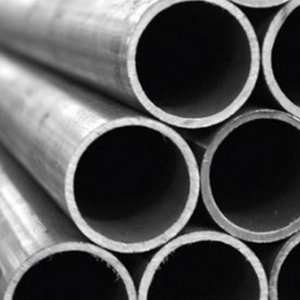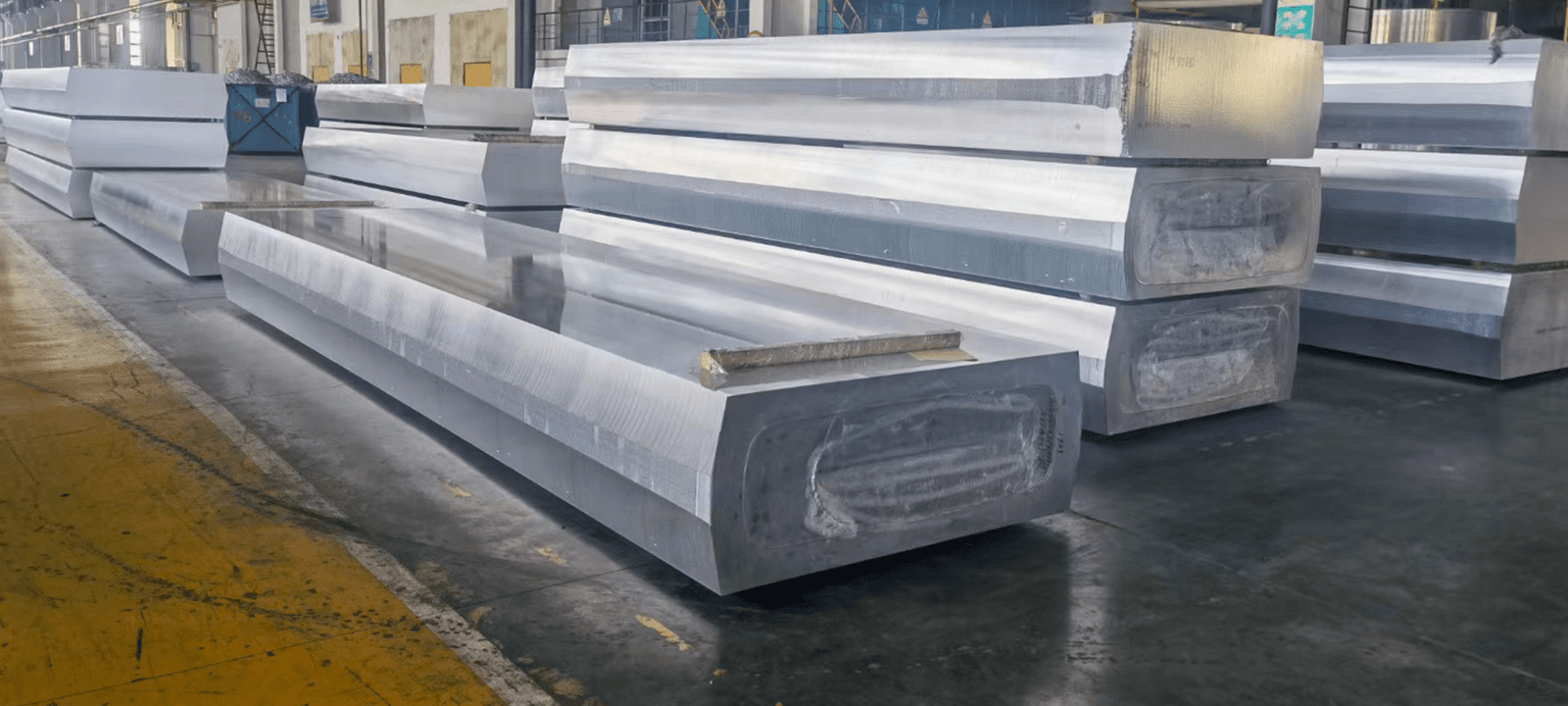Type 301L (UNS S30103/1.4319)
- Better rust and corrosion resistivity than type 301.
- Good cryogenic resistance.
- Excellent ductility.
- Slightly less attractive in looks than type 301.
- Decent hot strength.
Description
Grade 301L / 1.4319 / UNS S30103 / SUS301L
Type 301L stainless steel (UNS S30103) is also an austenitic steel type that has a normal composition featuring 17% chromium along with 7% of nickel.
The 301L is slightly better in terms of corrosion resistance because it has slightly fewer carbon contents. But the 301L also offers good ductility. It is not as strong as the 301, though.
It very well for various jobs involving forming, drawing as well as welding. Just like grade 301, the 301L is also available in various conditions, including full hard, ½ hard, and ¼ hard conditions. 301L is slightly inferior to 301 in terms of temperature resistivity and also has a low melting range. When cold working it the 301L steel will become magnetic, but just like the 301 steel, it is also non-magnetic when annealed.
Common Names: 301L Stainless Steel is also known as ATI 301L.
Executive Standards:
- ASME SA 666
- ASME SA 240
- ASTM A 666
- ASTM A 240
- AMS 5901
- UNS S30103
- DFARS
- RR SABRe Edition 2
- GE Aviation S-SPEC-35 AeDMS S-400
- PWA-LCS
- S1000 / S-SPEC-1
- EN 1.4319
Chemical Properties:
The 301L stainless steel has 0.03% carbon with 2% manganese. There is 0.045% of phosphorus in the mix, along with 1% of silicone and 0.03% of sulfur.
As we have mentioned above that the chromium content in this mix is 17%, while the nickel content is 7%. With around 0.2% of the nitrogen in the composition, the formula for 301L stainless steel is complete.
| Grade Content | Grade 301L | UNS S30103 | JIS G4305 | DIN 1.4319 |
|---|---|---|---|---|
| Carbon, C | 0.03 | 0.03 | 0.03 | 0.03 |
| Manganese, Mn | 2.0 | 2.0 | 2.0 | 2.0 |
| Silicon, Si | 1.0 | 1.0 | 1.0 | 1.0 |
| Phosphorous, P | 0.045 | 0.045 | 0.045 | 0.045 |
| Sulfur, S | 0.030 | 0.030 | 0.030 | 0.030 |
| Chromium, Cr | 16-18 | 16-18 | 16-18 | 16-18 |
| Nickel, Ni | 6.0-8.0 | 6.0-8.0 | 6.0-8.0 | 6.0-8.0 |
| Nitrogen, N | 0.20 | 0.20 | 0.20 | 0.20 |
| Molybdenum, Mo | - | - | - | - |
Mechanical Properties:
The 301L stainless steel is frequently used in its annealed and cold-rolled forms. Being in a work-hardened state, it develops and improves tensile strength. It is not as good as the strength of 301 stainless steel, but it is better than most within the austenitic category.
At room temperature, the minimum mechanical properties of 301L as per A666 and ASTM A240 standards are,
| Form | Elongation in 2 inches (minimum) | Tensile strength (minimum) | Yield strength (minimum 2%) | ||
| Annealed | 45% | 80 Ksi | 550 MPa | 35 Ksi | 220 MPa |
| ¼ Hard | 30% | 130 Ksi | 870 MPa | 80 Ksi | 530 MPa |
| ½ Hard | 22% | 170 Ksi | 1104 MPa | 130 Ksi | 770 MPa |
| ¾ Hard | 16% | 185 Ksi | 1307 MPa | 145 Ksi | 1031 MPa |
| Full Hard | 12% | 190 Ksi | 1426 MPa | 160 Ksi | 1265 MPa |
Physical Properties:
The 301L stainless steel has the following physical properties,
- Density: ~5.88g/cm3 (0.2850 lb/in3).
- Specific gravity: 8.03.
- Elasticity in Tension Modulus: ~28×106 psi (193 GPa).
- Melting range: 1399°C – 1421°C (2250°F – 2950°F).
- Magnetic permeability: 1.02 max at 200H (H/m annealed).
Key Features:
- The 301L stainless steel’s thermal conductivity between 20°C to 500°C or 68°F to 932°F is better than 301’s
- 301L’s specific heat at 0°C to 100°C (32°F to 212°F) is slightly higher than 301’s.
- Its electric resistivity at 20°C (68°F) is a bit higher than 301’s
Product Forms Available:
The 301L stainless steel is also available in annealed and cold worked for just like 301 steel.
Applications:
- Rail cars.
- Pressure vessels
- Convertor components
- Utensils and appliance parts.
- Door and drainage parts.
Frequently Asked Questions:
- How does 301L differ from 301 stainless steel?
The 301 steel is harder than 301L. Apart from that, the 301L is more corrosion and rust-resistant than 301.
- Can 301L stainless steel be annealed?
No, 301L stainless steel doesn’t require annealing.
- Is 301L stainless steel magnetic?
No, the annealed version of this steal is not magnetic, but the cold worked 301L steel is magnetic.
Get A Free Quote Now!







